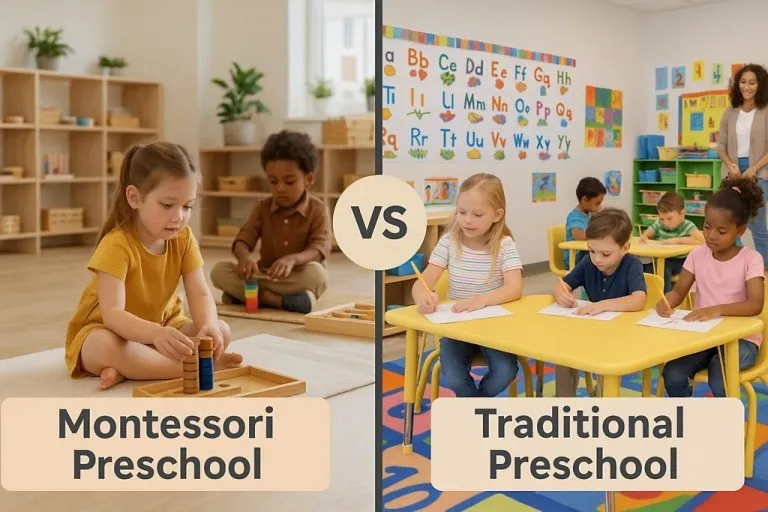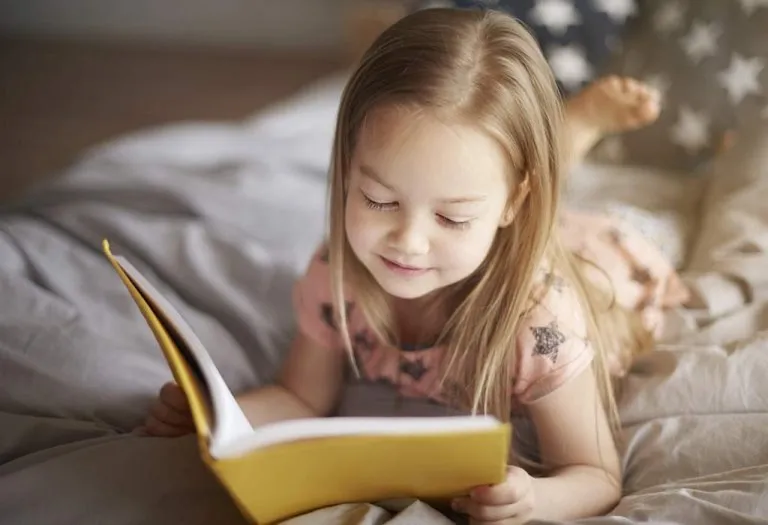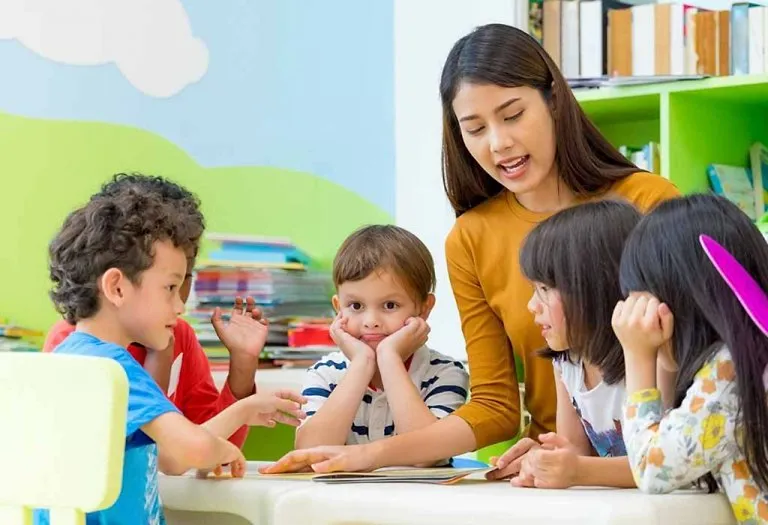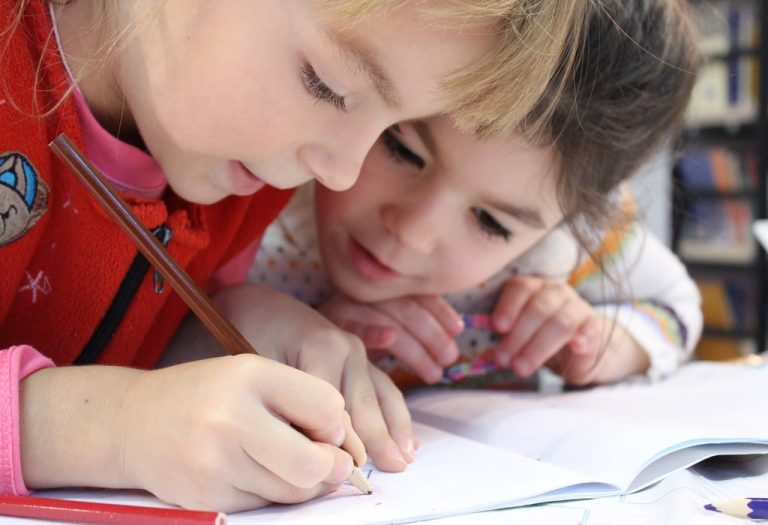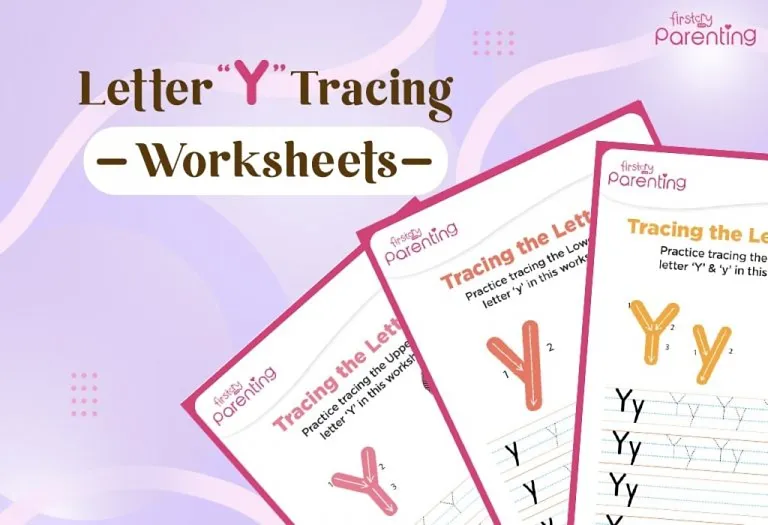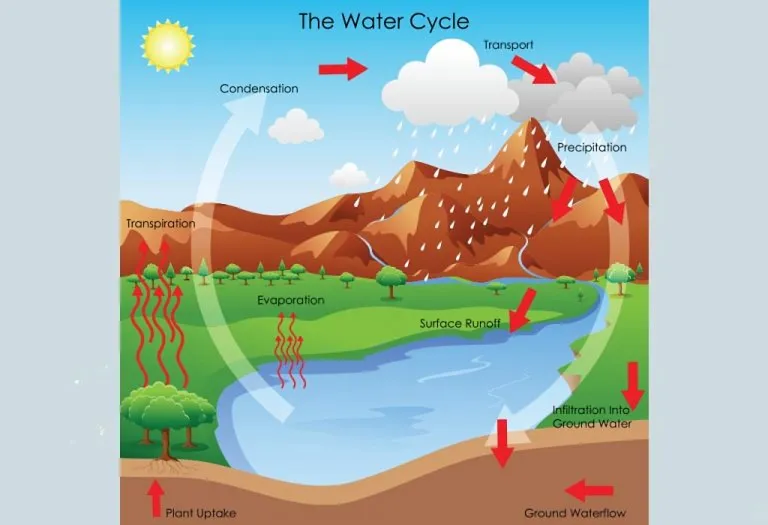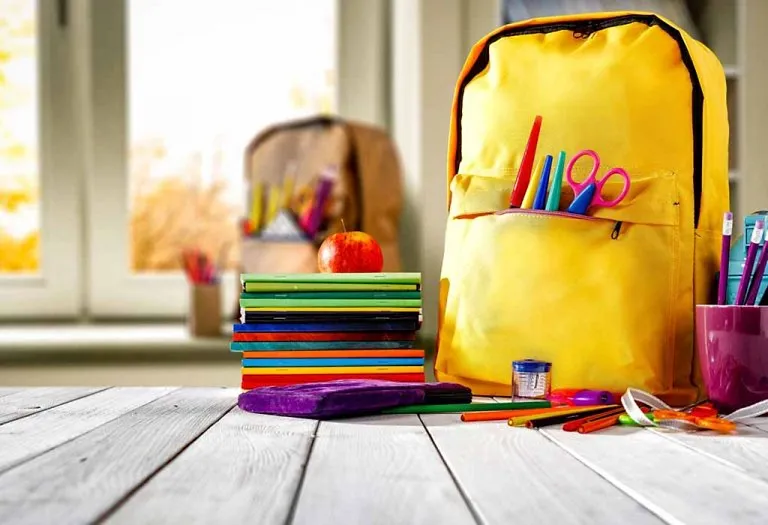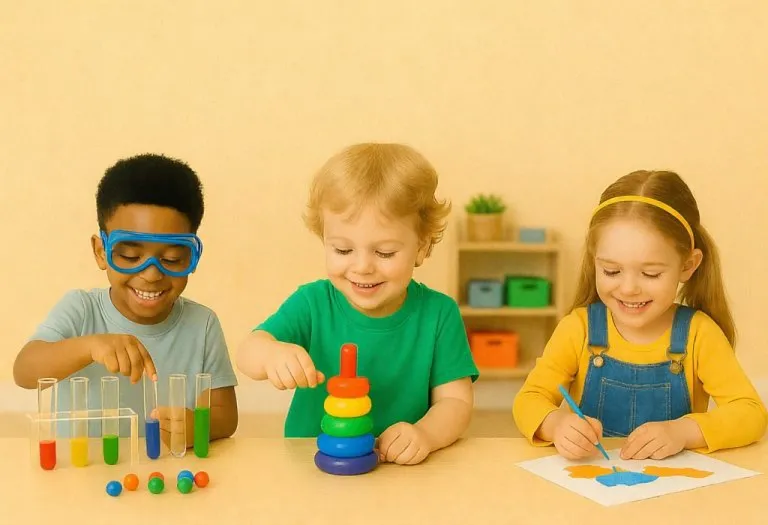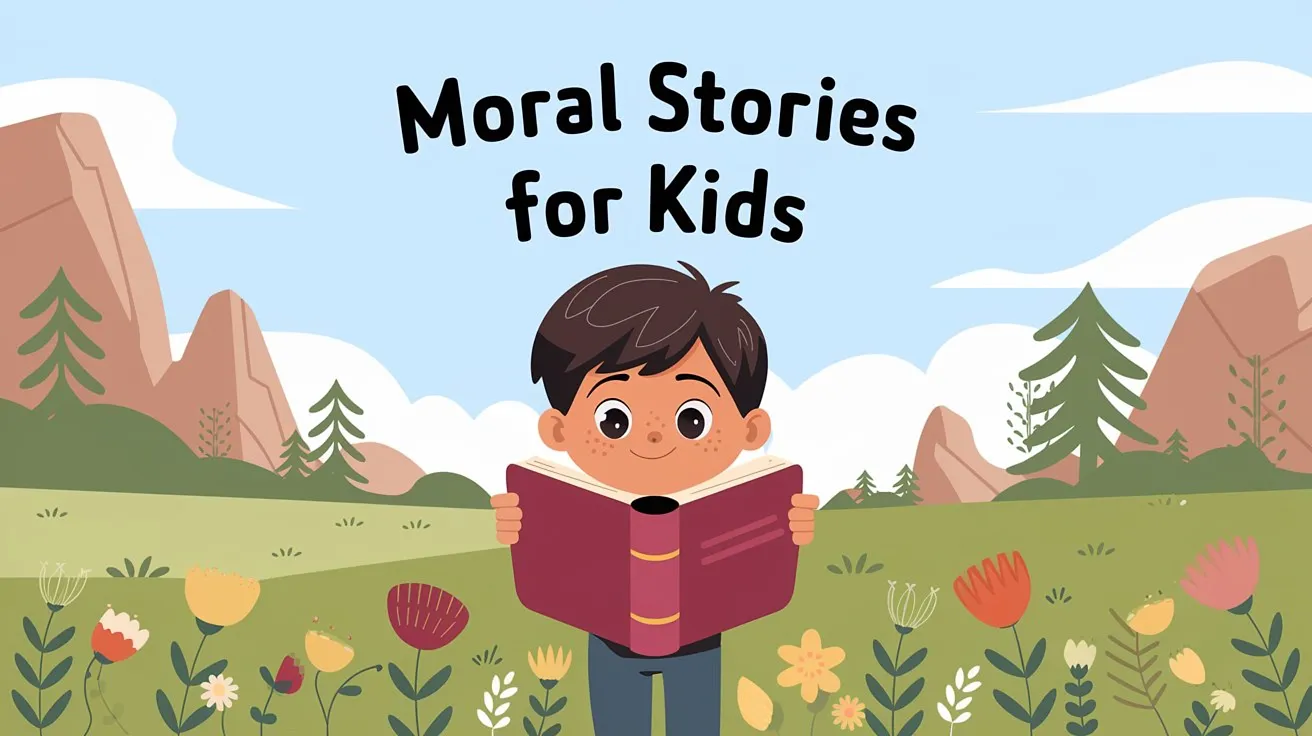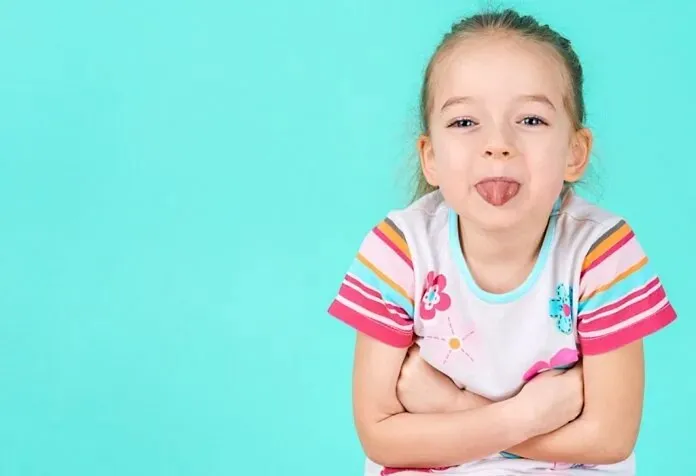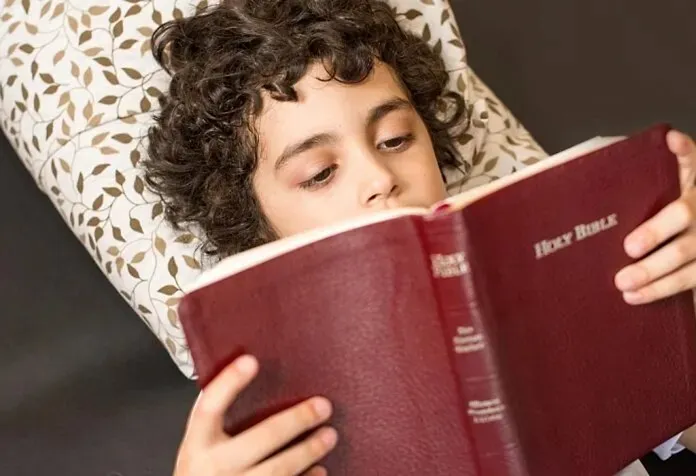Montessori vs Traditional Preschool – Which Is Best for Your Child?
Choosing the right preschool path for your child often feels like one of the first big parenting decisions. On the surface, it may seem that all preschools share the same goal to help children learn, grow, and prepare for the next stage of education. Yet the way they get there can be very different. Two of the most common approaches parents explore are Montessori and traditional preschools. Each one has its unique structure, teaching style, and philosophy on how young children should learn.
If you’ve ever found yourself comparing Montessori preschool vs traditional models, you might already feel the weight of the decision. The truth is, neither option is universally “better.” What matters most is how well the philosophy matches your child’s personality, your family values, and the kind of learning environment you picture for them. With that in mind, let’s dive deeper into what sets these two approaches apart and how you can decide which one may be the right fit for your little one.
What Is Montessori Education?
Montessori education is a method created by Dr Maria Montessori, who believed children learn best through hands-on exploration. In this approach, classrooms are equipped with special materials that allow children to practice skills at their own pace. Instead of a teacher leading every step, the teacher acts as a guide, allowing children to discover and learn independently. Independence is encouraged, so children participate in daily tasks such as choosing activities, cleaning up, or caring for their own space. The classrooms often mix ages, providing younger kids with role models and allowing older kids to develop leadership skills. The focus is not only on academics but also on life skills, confidence, and problem-solving. Many parents notice that Montessori classrooms feel calm and structured, even though children move freely and make their own choices.
What Is Traditional Preschool Education?
Traditional preschool education is the model most parents are familiar with, where children follow a structured daily schedule. The teacher usually leads the class, guiding group lessons, story time, and planned activities. Children often learn through songs, worksheets, crafts, and play that introduce early reading, writing, and math skills. The focus is on preparing children for kindergarten by teaching them routines, social skills, and academic basics. This approach gives kids a clear structure and helps them adjust to the rhythm of a typical school day.
Pros and Cons of Montessori Education
When parents consider early learning, they often weigh the strengths and challenges of various methods. For example, some may wonder about Montessori kindergarten vs traditional kindergarten, since each path shapes a child’s experience in unique ways. To understand Montessori better, it helps to look at the benefits it can bring as well as the limitations families sometimes face.
Pros
- Children build strong independence by making choices and managing their own activities.
- Hands-on materials help children understand abstract concepts in a practical and natural way.
- Mixed-age classrooms encourage teamwork, mentoring, and peer learning.
- The calm and respectful environment supports confidence and self-discipline.
Cons
- Less structure can feel challenging for children who thrive on routine and clear direction.
- Limited exposure to traditional testing or worksheets may create adjustment gaps later.
- Montessori schools can be harder to find and more costly compared to other options.
- The approach may not suit every child, especially those who prefer guided instruction.
Pros and Cons of Traditional Education
Traditional preschool has been the common choice for many families because it offers a familiar and structured way of learning. When parents look at Montessori versus traditional preschool, they often see differences in classroom style, teacher guidance, and learning goals. Exploring the pros and cons of the traditional model can help you decide if it fits your child’s needs and personality.
Pros
- Clear routines and schedules give children a sense of structure and security.
- Teachers provide direct instruction, which works well for children who need more guidance.
- Group activities encourage teamwork, sharing, and following directions.
- Strong focus on early academics helps prepare children for kindergarten expectations.
Cons
- The structured setting may limit creativity and independent decision-making.
- Large group instruction can make it harder to tailor lessons to each child’s pace.
- Worksheets and sitting activities may not suit very active or hands-on learners.
- Less emphasis on practical life skills compared to other approaches.
Montessori Preschool Vs Traditional Preschool
Parents often wonder how to choose between these two preschool styles, as both have unique approaches to helping children learn. The difference between Montessori schools and traditional schools becomes clear when examining their teaching methods, classroom setups, and the types of learning experiences they offer. To better understand, here are some key points of comparison.
1. Teaching Style
Montessori teachers guide rather than lead, allowing children to explore and learn at their own pace, while traditional teachers often use group lessons with direct instruction.
2. Classroom Environment
Montessori classrooms are calm and child-centred with hands-on materials, while traditional classrooms focus on routines, desks, group activities, and structured play.
3. Role of the Child
In Montessori, children choose their activities and build independence, whereas in traditional setups, kids follow teacher-planned lessons and schedules.
4. Age Grouping
Montessori classrooms usually combine multiple ages, encouraging peer learning, while traditional preschools group children strictly by age.
5. Learning Materials
Montessori uses practical and sensory-based tools, such as beads, puzzles, and wooden letters, while traditional schools rely more on books, songs, crafts, and worksheets.
6. Focus of Learning
Montessori combines academics with life skills and self-discipline, whereas traditional preschools place a strong emphasis on early literacy, numeracy, and social skills.
Choosing between Montessori and traditional preschool is not about one being right and the other wrong. Each approach has its own strengths and challenges, and the best choice depends on your child’s personality and your family values. Some children thrive when given freedom to explore at their own pace, while others feel more secure in a structured classroom with clear guidance. Montessori often builds independence and practical skills, while traditional preschools prepare children for routine academic settings. Visiting both types of schools can give you a genuine sense of their environments and help you envision where your child might feel most at home. Talking with teachers and observing how children interact in the classroom can also guide your choice. Ultimately, the goal is to find a place where your child feels safe, curious, and excited about learning.
Also read:
Importance of Preschool Education for Your Kid
Preschool Vs Daycare: Which Is Good for Your Child?
Explaining The Concept of Part-Whole To Preschoolers
Nursery Admission Interview Questions for Preschool Child





